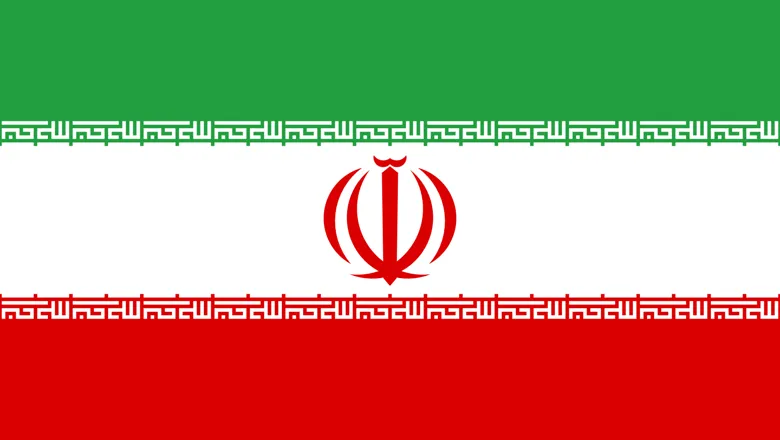17 September 2014
Iran: hot cells, hot fuss?
Buried in the most recent round of US sanctions against Iran is a titbit that might provide some insight into one of the most tightly-held secrets of Tehran’s nuclear programme: its future capability to produce weapons-useable plutonium.

On 29 August, the US Treasury and State Department added more than 25 banks, companies, ships and people to Washington’s long list of Iranian entities with whom it is forbidden to do business. Among them was an organisation called called the Nuclear Science and Technology Research Institute, or NSTRI.
NSTRI is well-known to proliferation analysts as the research arm of Tehran’s main nuclear agency, the Atomic Energy Organisation of Iran (AEOI). Because of NSTRI’s ties to the AEOI, it has already been sanctioned by Canada, Japan, Australia, and the EU, which sanctioned NSTRI more than three years ago.
So why has the US only just now decided to sanction this organisation?
The answer might go back to that tightly-held secret.
According to the State Department, NSTRI has been sanctioned for its work on Iran’s as-yet unfinished IR-40 nuclear reactor. That’s not surprising. In the current talks with Iran, the US has the IR-40 in its sights: it wants to neuter the reactor as a potential pathway for Iran to produce weapons‑suitable plutonium, which is what the reactor in its original design configuration was perfectly suited to doing.
But there’s more to the case against NSTRI than just its bad luck in helping out the IR-40 project at an inopportune time. What has the US particularly riled, seemingly, is a specific project that NSTRI is undertaking for the IR‑40: NSTRI, the State Department says, has engaged with another subordinate of the AEOI to produce lead glass for the IR-40’s hot cells.
That project is the real casus belli against NSTRI. Hot cells are thick-walled containment chambers in which spent nuclear fuel or irradiated specimens are examined and manipulated. As the State Department notes, the hot cells that Iran has planned for the IR-40 will be adequate for research-scale plutonium extraction, once they are finished.
But those hot cells are not yet complete. Indeed, back in 2010, according to IAEA inspections of the IR-40 facility, they were just empty shells – and there has been no indication since, in IAEA reports or elsewhere, of any substantial progress.
This delay is most likely due to Iran’s inability to obtain for the hot cells two key pieces of equipment that are highly difficult to buy or produce: items that non-proliferation analysts describe as ‘chokepoint goods’.
The first of these chokepoint items is master‑slave manipulators: robotic arms that allow an operator to manipulate samples inside a hot cell from the safety of a protected area outside it. Manipulators are tricky to manufacture and only sold by a few companies in the world, all of whom would be highly reluctant to deal with Iran. Even before the advent of UN sanctions against Tehran’s nuclear programme, Iran’s attempts to buy manipulators for the IR-40 – described in a 2004 IAEA report – were rejected by foreign suppliers.
The other chokepoint item required for hot cells – and this brings us back to NSTRI – is lead glass, used to shield an operator from radiation while allowing them to see inside the cell itself. Lead glass is no less difficult to manufacture than manipulators, and in the thickness required to provide shielding from highly-radioactive spent nuclear fuel, it is just as hard to obtain. The Iranian companiesthat supply thin, foreign-made lead glass to local hospitals for radiography rooms wouldn’t be able to convince overseas suppliers to sell them lead glass sufficient for hot cells: its thickness would be a dead giveaway that it was destined for the IR-40 reactor.
If the NSTRI is trying to help Iran to make its own lead glass, rather than buy it from abroad, then one of the roadblocks on Iran’s plutonium pathway is being chipped away. And that would have the US particularly worried.
Other information, though, should temper their concern. Journalpublications available in open sources indicate that NSTRI’s involvement in lead glass research is not at all new – indeed, these documents show that the NSTRI has been studying lead glass production processes since at least 2010. If four years later NSTRI is still attempting to make the material, it may indicate bigger problems in their research.
And there are further hints of these problems. Trade websites show that in 2011 – a year after the NSTRI is first known to have attempted lead glass development – an Iranian procurer made repeated attempts to buy an entire lead glass production line from China. (A well-known proliferation tactic to defeat domestic shortcomings in chokepoint good development is to purchase the means of production from abroad.) It is unclear whether this attempted purchase was ever completed: most likely, it failed.
Iranian nuclear officials will certainly have recognised these shortcomings in the IR-40’s supply chain and will be working hard to overcome them by whatever means necessary. Vigilance on the part of national authorities and exporters outside Iran will be necessary to ensure that Iran’s aims are not inadvertently assisted.
